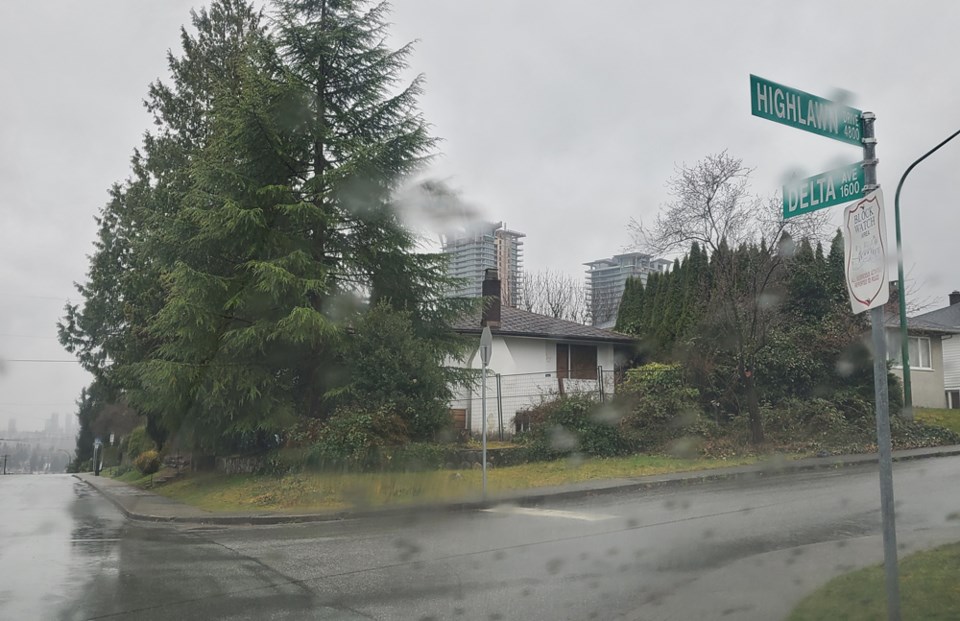A group of Burnaby residents say a seemingly abandoned home – which one neighbour called a “ghost” home - in their neighbourhood is a magnet for trouble.
Several of the residents have contacted the NOW in recent days about the home at the corner of Delta Avenue and Highlawn Drive in the Brentwood area. Residents say nobody has lived in the home for about seven years and it’s been surrounded by fencing for at least half of that. Normally the fencing means that it’s set for demolition, but the fencing has been up for years. The property is overgrown with weeds and attracts vandals at night.
“It’s not just an eyesore,” said Ted Phillips. “I see kids throwing rocks at it and climbing over the fencing. I’m worried that one day it’s going to get set on fire by squatters.”
The City of Burnaby does have an unsightly premises bylaw that has been used to clean up some properties, but this property has no visible garbage. Plans are in the works to file a complaint with the city.
A new housing report says the number of unoccupied dwellings – sometimes referred to as “zombie” homes – has jumped 11% in Burnaby in the past decade.
The study has been published by Point2 Homes, a real estate listing portal, and looked at data from 2011 to 2021.
Burnaby is listed as the fourth-biggest rise in the vacancy rate in B.C. after Delta (47%), Port Moody (31%), Langley (21%). Richmond was listed at 4%.
“Although the StatCan definitions for ‘private dwelling occupied by usual residents’ and ‘usual place of residence’ have generated some discussions about what constitutes vacant dwellings, the number of homes that are occupied by ‘not usual’ residents is a vital housing parameter,” says the report. “The importance of this indicator becomes especially clear in the heated debate around the effect of vacant homes on housing affordability. Started by an OECD report that was based on StatCan’s 2016 findings, the debate has some analysts claiming that empty homes contribute to the erosion of home affordability, while others believe this indicator is irrelevant.”
Other findings.
- 22 of British Columbia’s cities saw a decrease in the share of unoccupied dwellings over the last decade: Saanich takes the lead with -53%, while 3 other cities recorded drops of more than 40%;
- Despite having the highest vacancy rates in 2021 (7.3%), Kelowna and Victoria dropped 21% and 27%, respectively, compared to a decade ago;
- In 5 of British Columbia’s cities vacancy rates increased, with Delta registering the highest level (a 47% jump), followed by Port Moody with 31%, and Langley with a 21% increase;
- The lowest vacancy rate (under 3.4%) in British Columbia occurred in Maple Ridge and Port Coquitlam;
- Despite its well-known high vacancy rates, Vancouver registered a drop in the past ten years, with vacancy rates down 9%.



